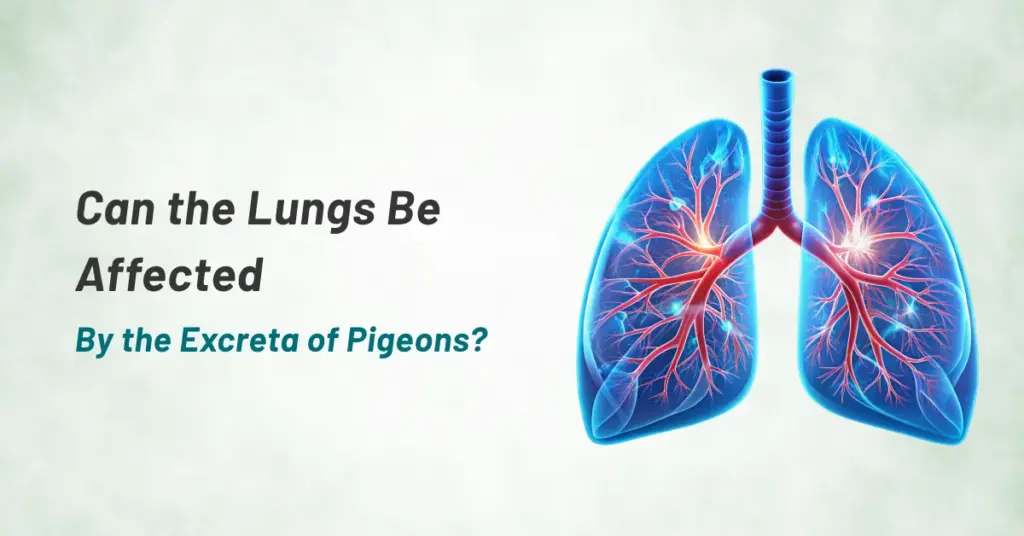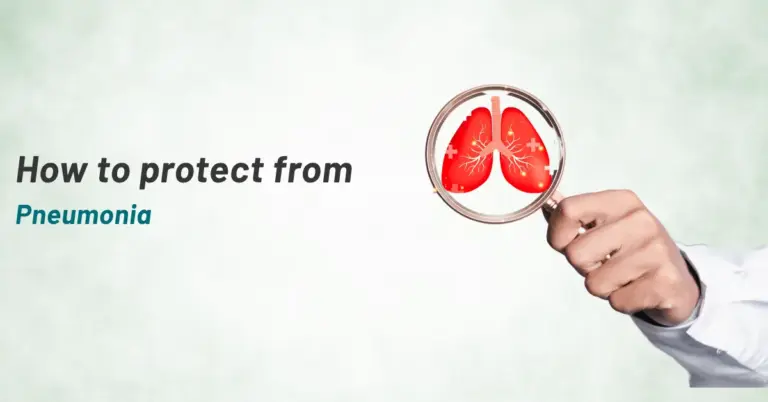Can the pigeon residue alone lead to a kind of infection which would badly affect the functioning of the lungs? Our expert Dr. M.Deepa Selvi throws some light on the topic.
Bird Fancier’s Lung is a type of hypersensitivity pneumonitis, an immunologically mediated lung disease due to repetitive exposure of air-borne avian antigen, is an unusual but important occupational and recreational cause of severe and debilitating breathlessness.This was first described in 1965 and is known as one of the most common causes of hypersensitivity pneumonitis.
The evolution of lung damage and irreversible disease process in hypersensitivity pneumonitis is characterized by chronic and persistent antigen exposure. The degree and length of antigenic exposure is directly related to disease progression. Continuous antigen exposure increases the risk for fibrotic development. The only effective intervention that can halt this chronic evolution is early recognition and control of the causative antigen or exposure.
Clinicians must take a detailed occupational and recreational history in any patient presenting with unexplained dyspnea. Bird Fancier’s lung is one of the common and preventable causes of hypersensitivity pneumonitis. Antigen avoidance and removal is the most important facet in the management.Medical therapy in the form of systemic corticosteroids may be useful but it continues to progress despite avoidance of antigen exposure. Acute or subacute forms may resolve with treatment, however, chronic cases may progress to pulmonary fibrosis where lung transplantation may be required.
Though the pigeons are the symbols and embodiment of love and affection, let us keep ourselves safe and secure.





